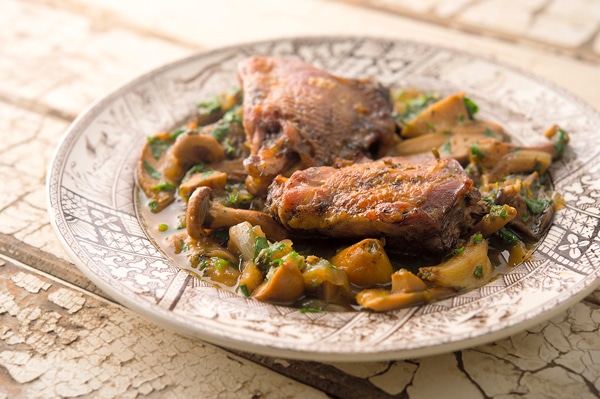HS Strut
Active member
Probably been covered before but I can’t find it...
What do you all do with the birds that have a wing attached when traveling across state lines?
Do you remove the wing when you get home before freezing?
We typically keep them on ice till we get home (9-12 hours) sometimes I cut the wings off and clean them up before freezing them. But I’m usually dead ass tired and just wanna go to bed. If you freeze them with a wing they always look nasty when you thaw them out later.
What do the rest of you do with them?
What do you all do with the birds that have a wing attached when traveling across state lines?
Do you remove the wing when you get home before freezing?
We typically keep them on ice till we get home (9-12 hours) sometimes I cut the wings off and clean them up before freezing them. But I’m usually dead ass tired and just wanna go to bed. If you freeze them with a wing they always look nasty when you thaw them out later.
What do the rest of you do with them?

